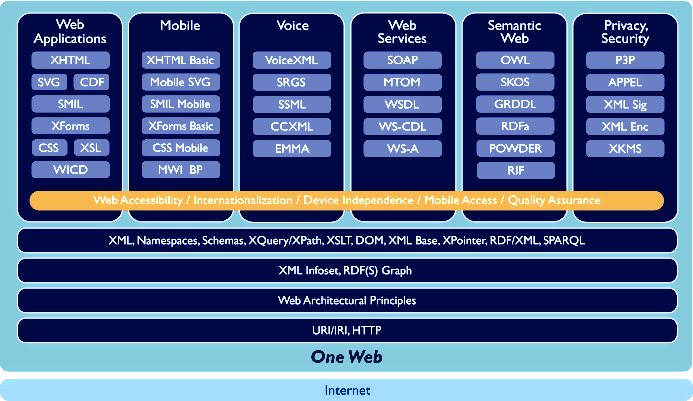- • Bentley-MicroStation CAD

Andere Aktivitäten

- • European Airlink Association

- • Tagesordnung: Gründung EAA

- • Erneuerbarer Energien-Ungarn

- • HPSU - doc.Version

- • HPSU - html Version.

- • REDUCTION OF CO2 - (pdf)

- • Generating Answers

- • The XML technology

- • Metadata and RDF

- • Ontology

- • Semantic Web Technologies

- • Semantic Web based Services

-
• AKTUELLE SEITE

- • References

- • Bentley-MicroStation CAD

- • Die XML - Technologie

- • Metadata und RDF

- • Semantik Web Technologien

- • Semantik Web based Services

- • Wissensmanagement

- • Referenzen













